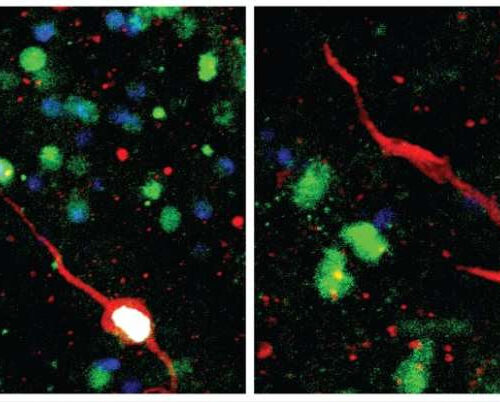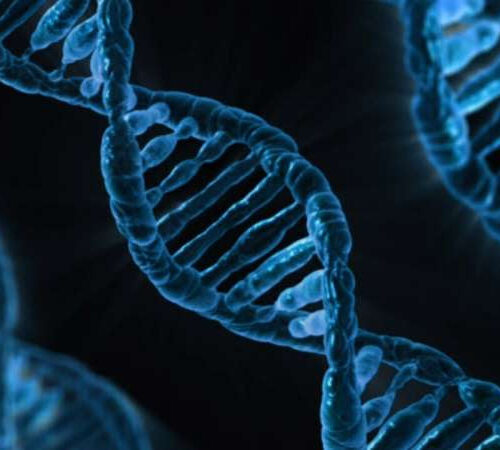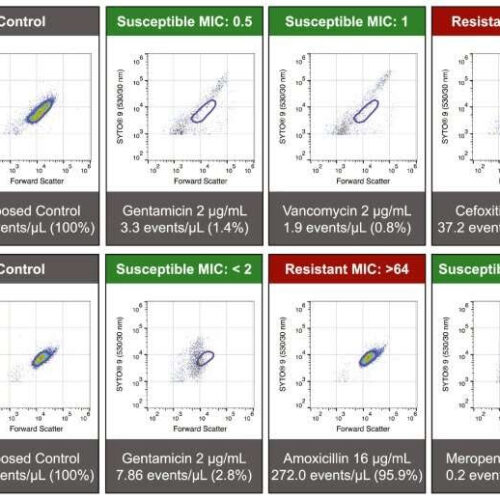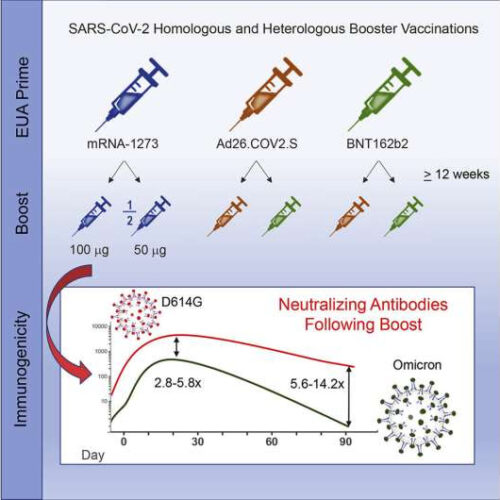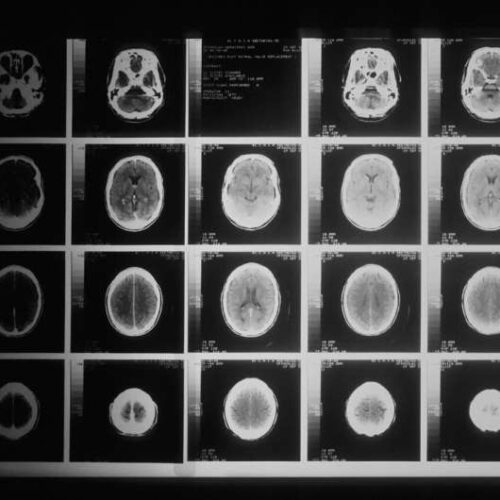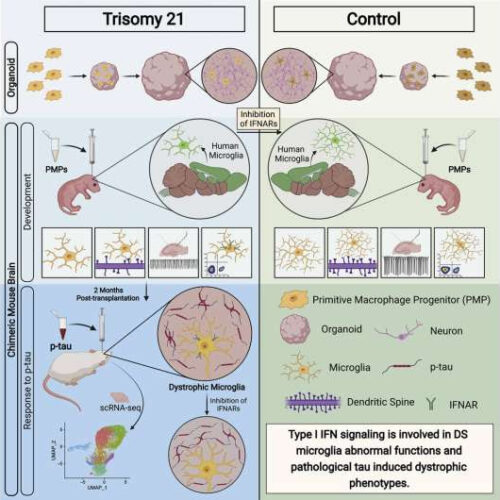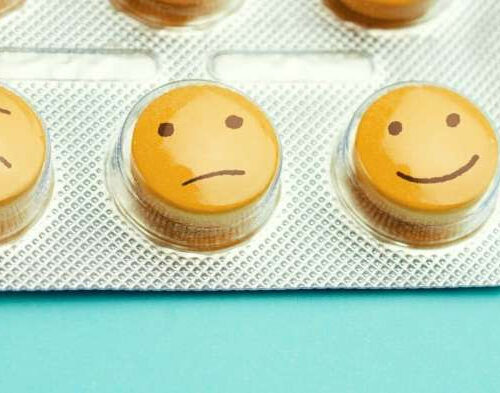by Perelman School of Medicine at the University of Pennsylvania Two examples of newly born immature dentate granule neurons in the adult human hippocampal surgical samples in culture, labeled by overlapping marker signals of immature neurons (red), dentate granule neurons (green), cell nuclei (blue), and newborn cells tagged by synthetic nucleoside analogues (white). Credit: Perelman School...
Grab a coffee before shopping? You may want to think twice
AMERICAN MARKETING ASSOCIATION Researchers from University of South Florida, European University Viadrina, Louisiana State University, SKEMA Business School, and Neoma Business School published a new Journal of Marketing article that examines how caffeine affects consumer spending. The forthcoming study is titled “Caffeine’s Effects on Consumer Spending” and is authored by Dipayan Biswas, Patrick Hartmann, Martin Eisend, Courtney Szocs, Bruna Jochims, Vanessa Apaolaza,...
‘Junk’ DNA could lead to cancer by stopping copying of DNA
by Institute of Cancer Research Credit: Pixabay/CC0 Public Domain Scientists have found that non-coding “junk” DNA, far from being harmless and inert, could potentially contribute to the development of cancer. Their study has shown how non-coding DNA can get in the way of the replication and repair of our genome, potentially allowing mutations to accumulate. It has...
Two-step process identifies bacterial infection quickly to help combat antibiotic resistance
by Harry Perkins Institute of Medical Research Susceptibility-associated signatures are associated with antimicrobial effect. When assayed using our FAST protocol, population-level changes in multiparametric distribution can be observed as reproducible patterns of deviation from the antimicrobial unexposed population (bounded in purple). Absence of these patterns can be used to determine a lack of susceptibility (i.e., resistance)...
Vaccine-induced immune response to omicron wanes substantially over time
by NIH/National Institute of Allergy and Infectious Diseases Graphical abstract. Credit: Cell Reports Medicine (2022). DOI: 10.1016/j.xcrm.2022.100679 Although COVID-19 booster vaccinations in adults elicit high levels of neutralizing antibodies against the omicron variant of SARS-CoV-2, antibody levels decrease substantially within 3 months, according to new clinical trial data. The findings, published today in Cell Reports Medicine, are from...
COVID: Risk of diabetes and heart disease is higher after infection, but maybe only temporarily
by Emma Rezel-Potts, The Conversation After COVID, people are at increased risk of being diagnosed with diabetes. Credit: Ahmet Misirligul/Shutterstock Since the pandemic began, we’ve learned a great deal about the disease behind it. We now regard COVID-19 as not just a respiratory disease, but a multi-system condition. Many studies have reported on complications that can occur...
Reinfection will be part of the pandemic for months to come. Each repeat illness raises the risk of long COVID
by John Donne Potter, The Conversation Credit: Shutterstock/Elizaveta Galitckaia The latest omicron variant BA.5 is fast becoming dominant worldwide, including in New Zealand and Australia. As it continues to surge, reinfection will become increasingly common and this in turn means more people will develop long COVID. The two most concerning aspects of long COVID are its high...
Similar patterns of brain activation and language selectivity found in speakers of 45 different languages
by Anne Trafton, Massachusetts Institute of Technology Credit: Unsplash/CC0 Public Domain Over several decades, neuroscientists have created a well-defined map of the brain’s “language network,” or the regions of the brain that are specialized for processing language. Found primarily in the left hemisphere, this network includes regions within Broca’s area, as well as in other parts...
Scientists reveal new evidence of key mechanism in Alzheimer’s
by Rutgers University Graphical abstract. Credit: Cell Stem Cell (2022). DOI: 10.1016/j.stem.2022.06.007 Rutgers scientists have found more clear-cut evidence of how the destructive proteins linked to Alzheimer’s disease attack human brain cells and destroy surrounding tissue. In one of the first studies of its kind examining human brain cells grown in a mouse brain, researchers identified a pivotal mechanism that...
Depression is probably not caused by a chemical imbalance in the brain, says new study
by Joanna Moncrieff and Mark Horowitz, The Conversation Credit: TanyaJoy/Shutterstock For three decades, people have been deluged with information suggesting that depression is caused by a “chemical imbalance” in the brain—namely an imbalance of a brain chemical called serotonin. However, our latest research review shows that the evidence does not support it. Although first proposed in the 1960s,...

